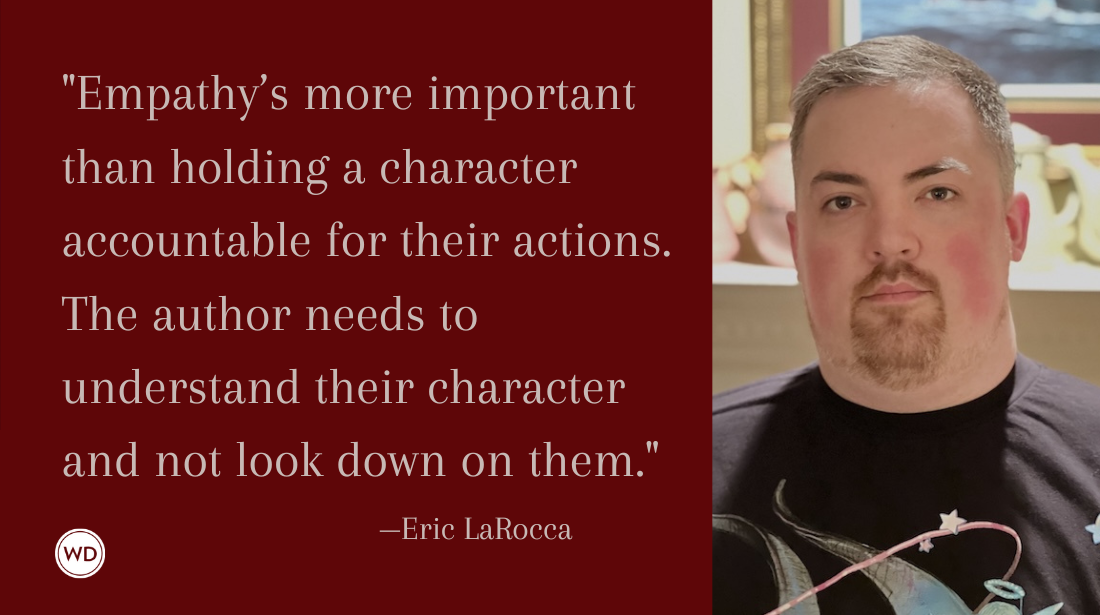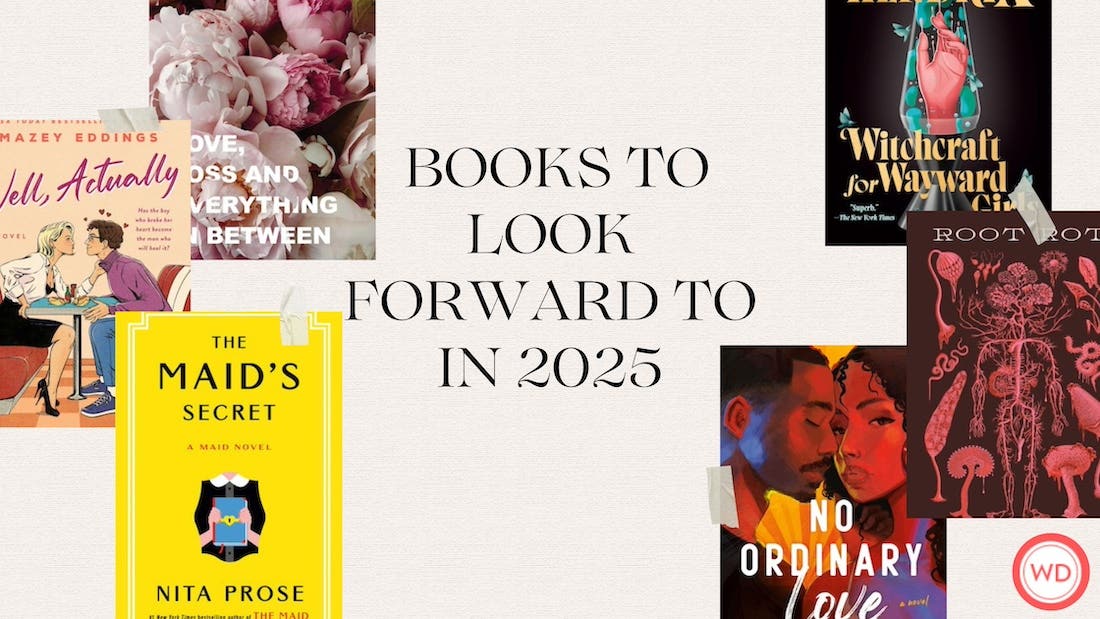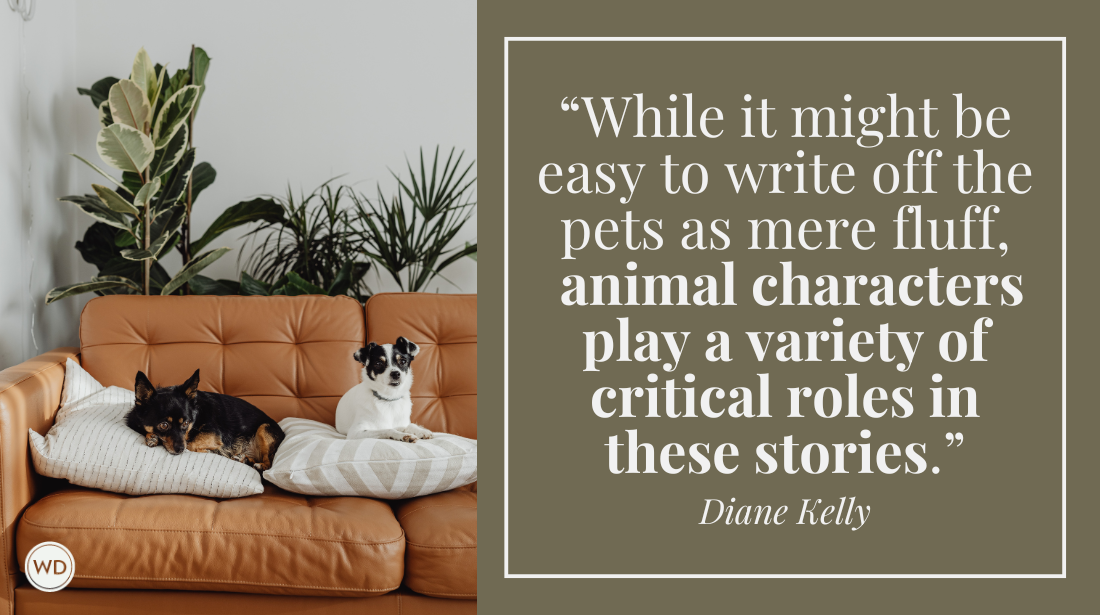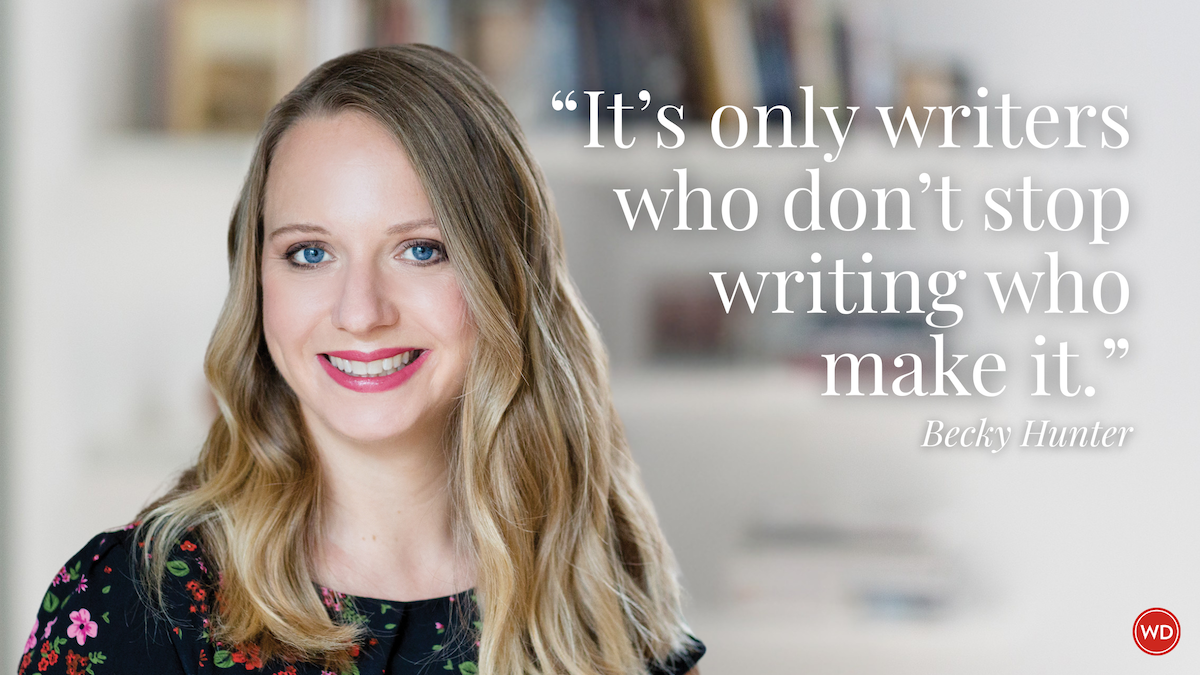7 Tips for Writing a Middle-Grade Graphic Novel Readers Will Love
Author and illustrator Aliza Layne shares seven tips for writing a middle-grade graphic novel that readers will love.
1. Comics-making requires comics literacy.
Read voraciously and make your own comics, no matter how “bad”; you are learning a language and you need to speak the language yourself before you try to have someone else speak it on your behalf. Comics, like film, is a semiotic language. Read The Creator's Guide to Comics Devices, by Reimena Yee. Seek both literary complexity and readable clarity and find the balance.
Remember that your audience is extremely literate in graphic novels, more than you were at their age, because the MG GN boom was recent. Make sure you are on their level rather than worrying about bringing them up to your level. Expect your work to be taught in a classroom and include enough material for a semester.
Challenge your kids and watch them rise to exceed you. Be a good teacher.
2. Respect your audience.
As middle-grade authors we are fantastically lucky. Our audience is passionate and impressionable. We are speaking to very young people during a time in their lives when media becomes deeply important to them. Books are a rare kind of communication where our conversation partners cannot speak back to us, especially when they’re so young, so it’s even more important to take their feelings seriously.
We are their teachers and our characters are their friends. If our work is deeply important to them, it might even be their home right now. So treat your audience like they’re smart and kind and serious and they will reward you with passion. You want them to gnaw on the book. You want them to sleep with the book under their pillow. That’s how much enthusiasm we are capable of earning. Get hungry for it!
You’re the first person who has to gnaw on the book due to overwhelming passion or nobody else is gonna gnaw on it. You’d better gnaw or I’m gonna be mad. Mad at YOU.
3. Be brave!
Remember that we are not subject to a standards and practices department! If you’re reading enough middle grade to be able to write one, then you know that middle grade is where the wildest books are written. Middle grade is bombastic, its feelings are huge, so you must be brave or readers are going to be able to tell that the book is afraid of them.
Your editor and their boss are the only people who can say no to you about your story, but if they’re good they’re here to help you tell your story. No regulating body exists to check up on you. Make that count and say what you really mean.
4. You are the director. You are the actors.
If you’re drawing the book yourself, and even if you’re not, remember that ability to direct and stage scenes and the ability to make your characters act like actors are more important that any nebulous quality of “drawn real good” your art might possess. If it looks really good but you can’t tell what’s going on, that’s not a good story.
5. Getting an agent is the most helpless and vital part of the business process.
You’re not going to enjoy it, but you have to get agented and work with a publisher or libraries and schools are not going to be able to find your book. Getting agented is really hard. The main thing is making sure the agent is available for query and following the rules the agent lists for how to query them. This always takes a while and you will “fail” to get picked up many times. Keep going. Don’t let it make you think that your book sucks.
6. You’re taking them on a theme park ride.
I build stories with catharsis as my priority. It’s like designing a theme park ride. You want to control the movement of the ride so that you are setting your audience up for the ideal experience. I am trying to create the largest and most expansive emotional catharsis possible when I work in middle grade because that time in your life is a very helpless time. Kids don’t have a lot of outlets for enormous emotional catharsis and they crave it. So learn how to create it.
For a given story, there exists a version of it that produces the absolute highest amount of satisfaction. That satisfaction depends on the rhythm of events and how they build to your climax. I’m not talking about happy or sad, I’m talking about satisfying. Emotional catharsis is satisfying. Romance that begins or ends is satisfying. Solving a mystery is satisfying. But what I’m really saying is that setup and payoff are satisfying.
Study work that is so good that you forget to study it while you’re experiencing it. How does this work become so engrossing? How does it control your emotions and hold your attention so well? There is a rhythm to stories that can do this as opposed to stories that cannot do it. Study the rhythm.
7. Read everything you can find of Octavia Butler’s writing advice and do what she said. She was correct.
Check out Aliza Layne's Beetle & the Chimera Carnival here:
(WD uses affiliate links)








